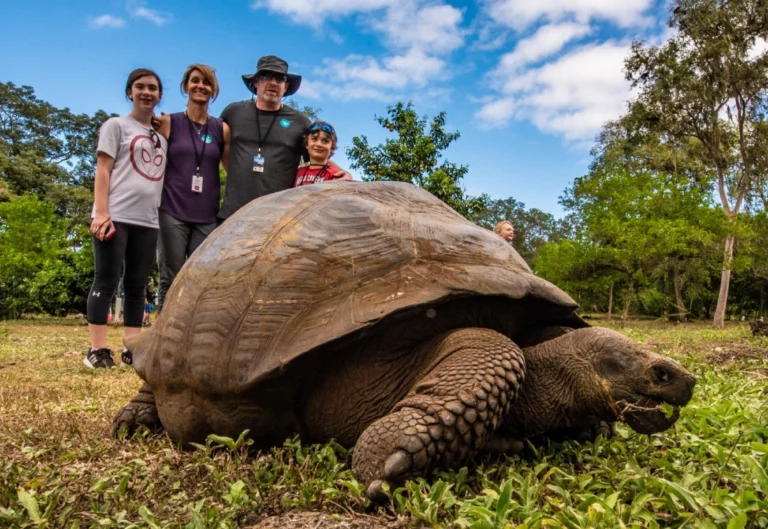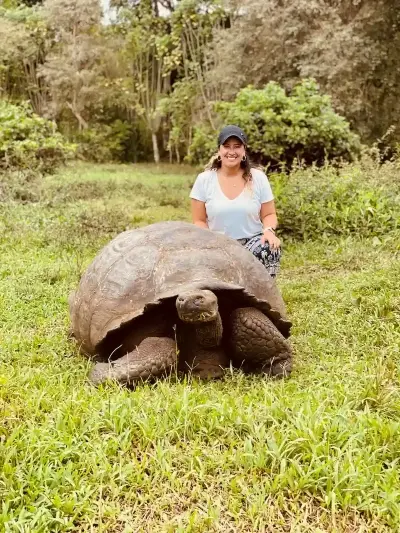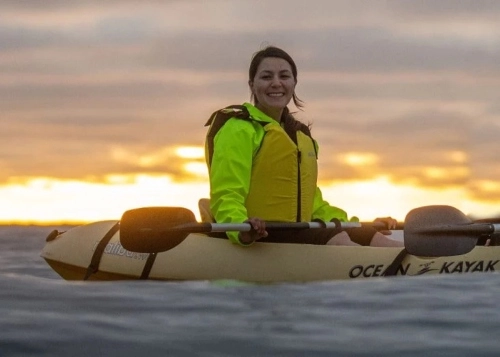
Lumbering giant tortoises and curious sea lion pups around found along dramatic volcanic landscapes, allowing you to get a sense of what it was like before humans emerged on the planet. The vast diversity of animal life is what attracts visitors to this remote paradise.
Because of the archipelago’s vastness, deciding where to go and what to observe throughout the islands can be quite a challenge. But many agree that the best time to visit Galapagos for spot wildlife is during the mid-year months, when the weather is pleasant and the wildlife is most active.Upon tailoring our itineraries, and so as to allow our guests to absorb the best balance of Galapagos wildlife, we sought consensus among scholars, our Naturalist Guides, and island connoisseurs to choose the archipelago’s most unique and fascinating wildlife. The list that came from this resulted in our BIG15 group of iconic species in Galapagos.
This concept we created is one of the primary ways explorers can decide on the itinerary of their choice.
Nesting along the coast and frequently spotted on just about every island, you’ll be mesmerized by the stunning blues of their feet. The males whistle and the females honk!
The Galapagos cormorant, a flightless species, is exclusively located on Fernandina and the west coast of Isabela. It’s the largest and heaviest cormorant globally, having adapted with solid bones, fur-like feathers, and lacking oil for lubrication.
Galapagos flamingos, potentially an endemic subspecies, breed on islands with brackish lagoons, relying on brine shrimp. Males are larger, juveniles lack pink plumage, and both parents feed a single chick with “crop milk,” usually breeding at five years old in July.
Galapagos fur seals, the smallest, have females at around 30kg (66lb) and males at 80kg (177lb). Ancestors from South America adapted to the tropics, modifying feeding and reproductive strategies.
Galapagos hawks, Earth’s largest birds of prey, practice polyandry. Females, larger than males, inhabit most islands except those with human settlements and Genovesa, lacking their key food, the lava lizard.
Genetic research reveals Galapagos sea lions as a distinct species from their ancestor, the California sea lion, being notably smaller. Males weigh up to 200 kg, females average 75 kg, with around 20,000 sea lions on the islands.
The marine iguana, an extraordinary Galapagos species, exclusively inhabits all islands in the archipelago. Evolving from terrestrial ancestors, it thermoregulates near the waterline and feeds at low tide, making it unique on Earth.
The red-footed booby, initially a masked booby subspecies, is the largest resident booby, feeding on inter-island fish. Major breeding occurs on Genovesa and Española, with foraging birds observed across islands.
The red-footed booby, with the largest Galapagos population, is rarely seen as it feeds on the archipelago’s outskirts. Nesting on islands like Genovesa, it features a blue-pink beak, red feet, and variable plumage.
The Santa Fe Land Iguana, exclusive to Santa Fe Island, boasts smaller dorsal spines, a paler color, and a tapered snout, blending seamlessly with its surroundings for a somewhat challenging observation compared to other land iguanas.
The Galapagos Islands are supremely isolated and spread out over 17,000 square miles (45,000 square kilometers) of ocean. Due to the archipelago’s vastness, deciding where to go and what to observe in the archipelago can be quite a challenge.
But we’re here to help! Have a gander at our handy map that displays where, exactly, you’ll be able to spot the iconic wildlife of Galapagos that ignites your interest!
Questions? Need help deciding?
Have a chat with our Destination Experts that have enjoyed our itineraries!



